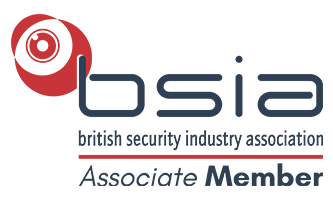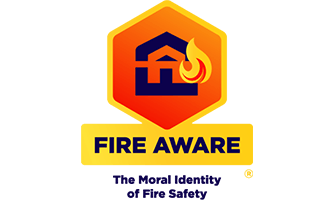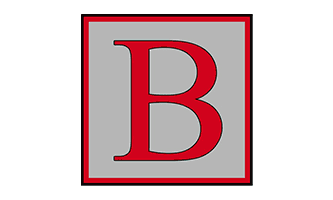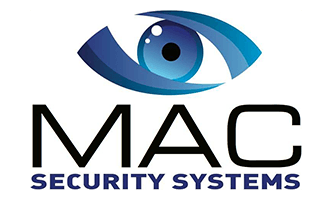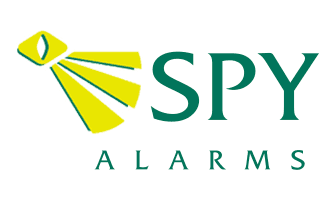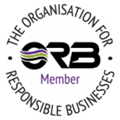Your best Fire and Security salesperson hands in his notice, works out his gardening leave and then starts using his LinkedIn profile to get in touch with all his contacts. For his new employer – one of your competitors.
A year later, you realise that some of your best contracts are not being renewed. Those long serving clients are now getting their maintenance and monitoring done by the new company of your ex-employee.
But is there anything you can do about it? Who actually owns all the data on an ex-employee’s LinkedIn profile that was compiled whilst they were working for your company?
The answer is: It’s unclear. Certainly, there are no cases relating specifically to Fire & Security personnel.
The most often quoted UK case law involving LinkedIn is
1. Whitmar Publications vs Gamage, Wright, Crawley, Earth Island Publishing from October 2013.
However, the references here are solely to the ownership of members of LinkedIn Groups that were managed by an employee on behalf of the company, not to an individual’s personal contacts.
The LinkedIn Groups had been run by the employee on behalf of the employer with a view to getting new customers for the employer and using the employer’s IT equipment so the Judge ruled that all log in information should be returned to the Company.
and
2. Hays Specialist Recruitment (Holdings) Limited and Another v Ions and Another did talk about LinkedIn contacts but it was from back in 2008.
The Judge in that case said:
“..Mr Ions accepts that he uploaded the addresses of business contacts to LinkedIn while he was still employed by Hays. He does not suggest that he had any of the business contacts except as a result of his employment with Hays and, given that he had been a full-time employee of Hays for over 6 ½ years, it is very unlikely that he had many, if any, independent contacts. The disclosure is therefore limited to contacts which he obtained in his capacity as an employee of Hays.
The most useful advice I have found come from several sources:
Ashley Hurst, a Partner of Olswang, who was asked these two questions here
“How does the court’s injunction decision [for Whitmar Publications vs Gamage, etc] sit with LinkedIn’s Terms & Conditions, crucially on whether employee LinkedIn contacts belong to employees or employers?
The LinkedIn Terms & Conditions create a contractual relationship between LinkedIn and the individual user, and not the employer. Separate proprietary rights can be created as between the social media user and others on whose behalf the social media account is being operated. LinkedIn’s terms are therefore of little relevance to the position as between an employer and employee.
What lessons can be drawn so far from the case for employees who use their personal social media accounts during their day-to-day work activities too?
In relation to Twitter, many employees who use it for work purposes have a separate personal account that does not associate itself in any way with the employer. This is a sensible practice and is being encouraged by many companies. But it is not so easy to do that with LinkedIn, which is intended as a professional network. For LinkedIn groups, the position is clearer as they will not normally be associated with a particular individual. However, companies need to decide how strict a policy to apply in respect of personal LinkedIn accounts. One sensible approach is to ensure that all company contacts generated through LinkedIn should be shared with the company database and to ensure that on exit the employee makes clear on his LinkedIn profile that he or she is no longer employed by that company.”
Jonathan Lea says:
“It has been held that direct dial telephone numbers and email addresses stored on your work IT systems can be classified as confidential information, and as such are owned by your employer. The big difference with LinkedIn is that ownership of the account is personal to the account holder under LinkedIn’s own terms and conditions. And this data, of course, is stored on LinkedIn servers, not that of your employer’s.
And HCRLaw discusses LinkedIn information ownership and the law
Until further rulings, the position appears to be:
1) If the contacts are in the name of an employee’s personal account (i.e. an employee is not maintaining a LinkedIn group on behalf of an employer) an employee is likely to be in a stronger position.
2) If the contacts amount to private information gained during employment, such as emails and direct dial telephone numbers, this would significantly weaken the position of an employee.
3) If an employee has compiled their contacts from uploaded email addresses at work, or an employer has in some other way provided an employee with business contacts and/or paid for a premium service in respect of online networks, a claim for ownership is likely to be more in an employer’s favour.
Other factors to consider are whether:
1) An account is maintained for the main purpose of promoting the firm’s business.
2) The information collected and used is used solely during the course of employment.
3) The use of such information by an employee amounts to a breach of fidelity and good faith.
4) It was instructions from an employee’s superiors to manage the Linkedin account in a certain way that contributed to the growth or success of the account.
5) Any guidance was given by the employer in establishing connections which was in the course of employment.”
What can you do to protect your Company’s LinkedIn contacts?
This article from Gannons contains some very useful advice on what you can do to protect your IP on LinkedIn from the moment that a Fire and Security Business Development or Sales person starts to work for you.
Take advice from your HR or legal professional before it is too late!
The best way to get Fire and Security Leads that belong to your Company
Struggling to get enough of the Right enquiries?
Since 2010, Lollipop has helped Fire & Security businesses like yours stand out in a crowded market and win millions of pounds of work...
Our Visibility Engine™ gets the Right Message to the Right Person at the Right Time. So you can win more of the Right Work with less effort.
Curious how it could work for your business?
"Genuine enquiries... at a steady pace"
Phil Clarke, CCTV Hire & Sales
Limited slots available – book now to secure yours


